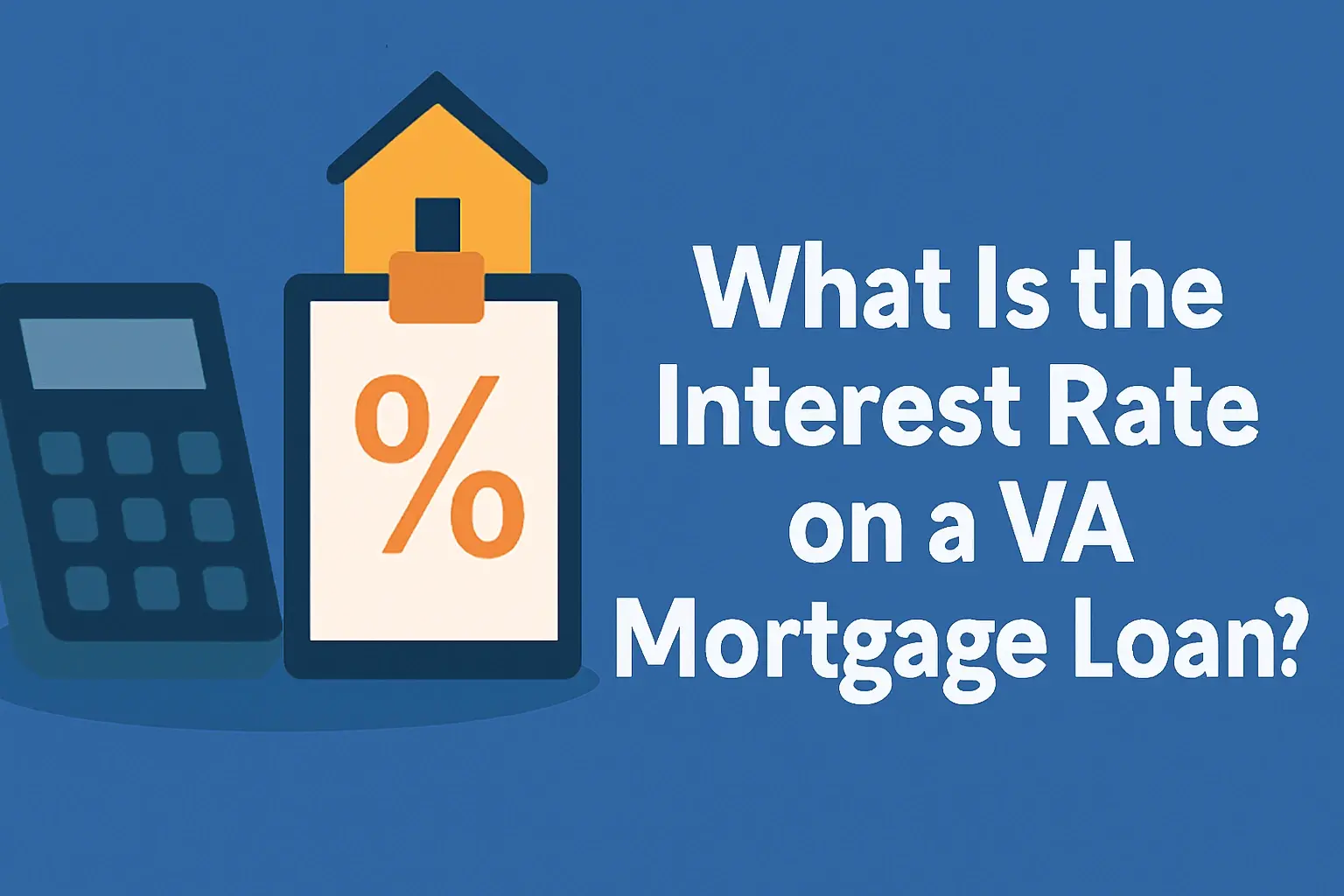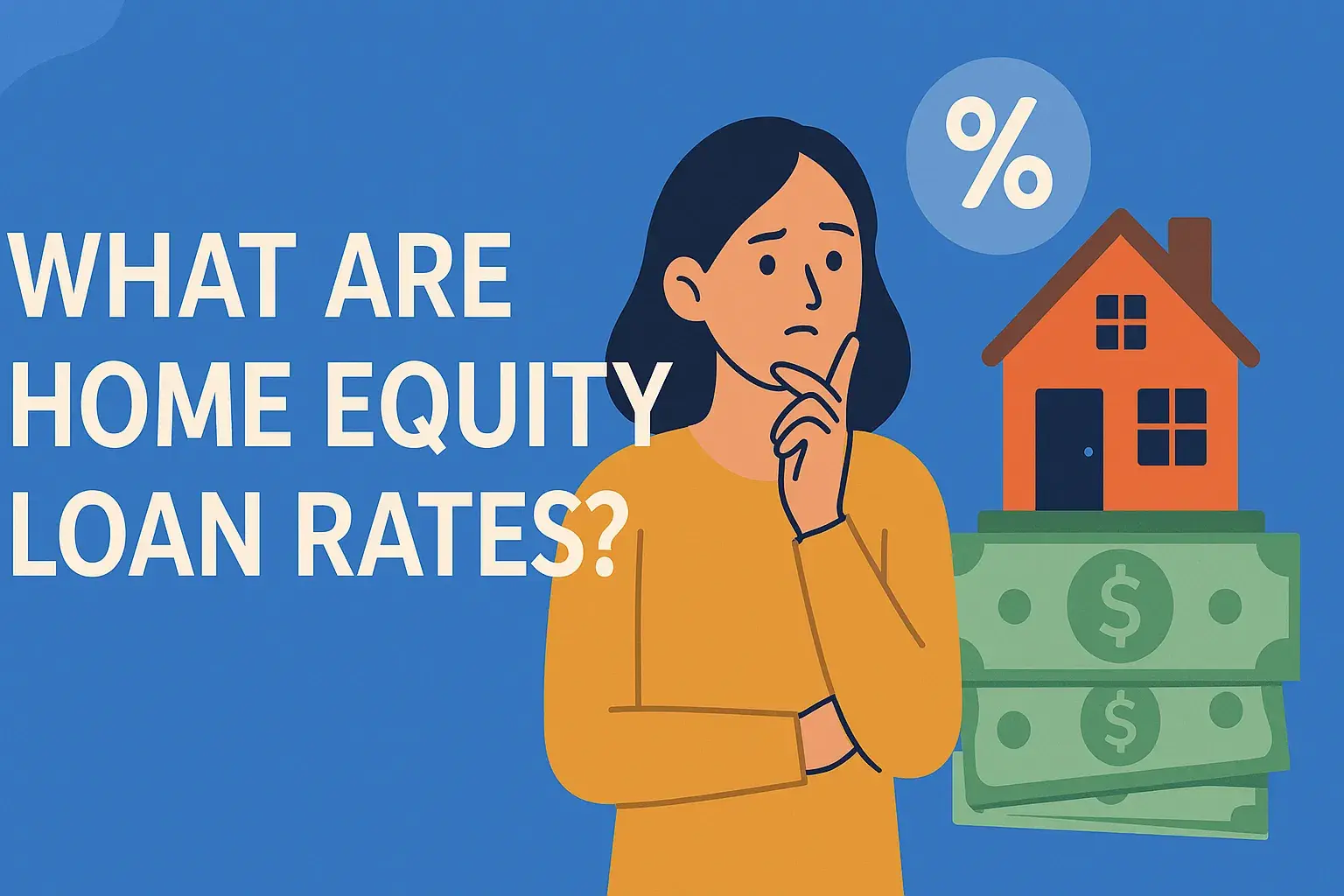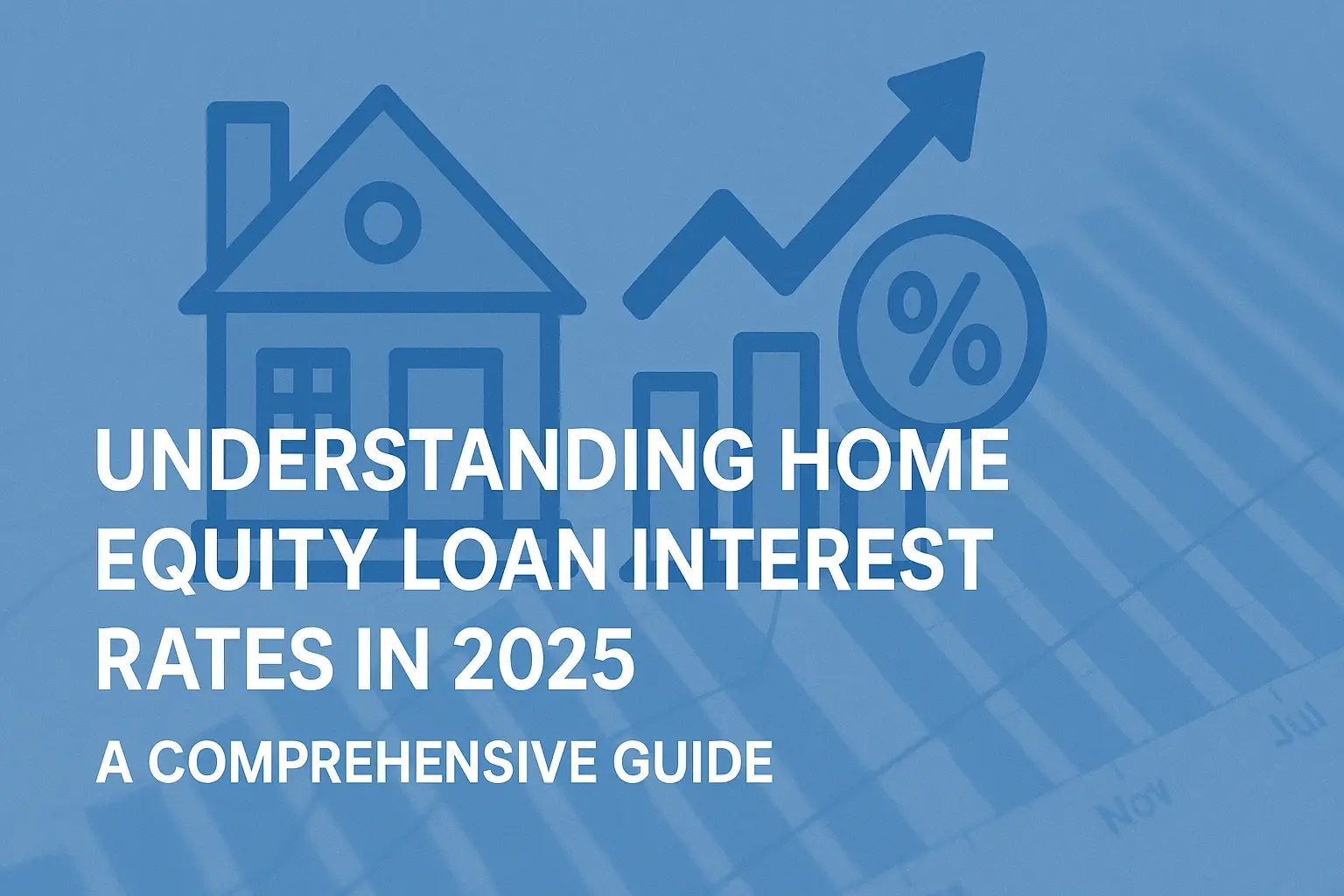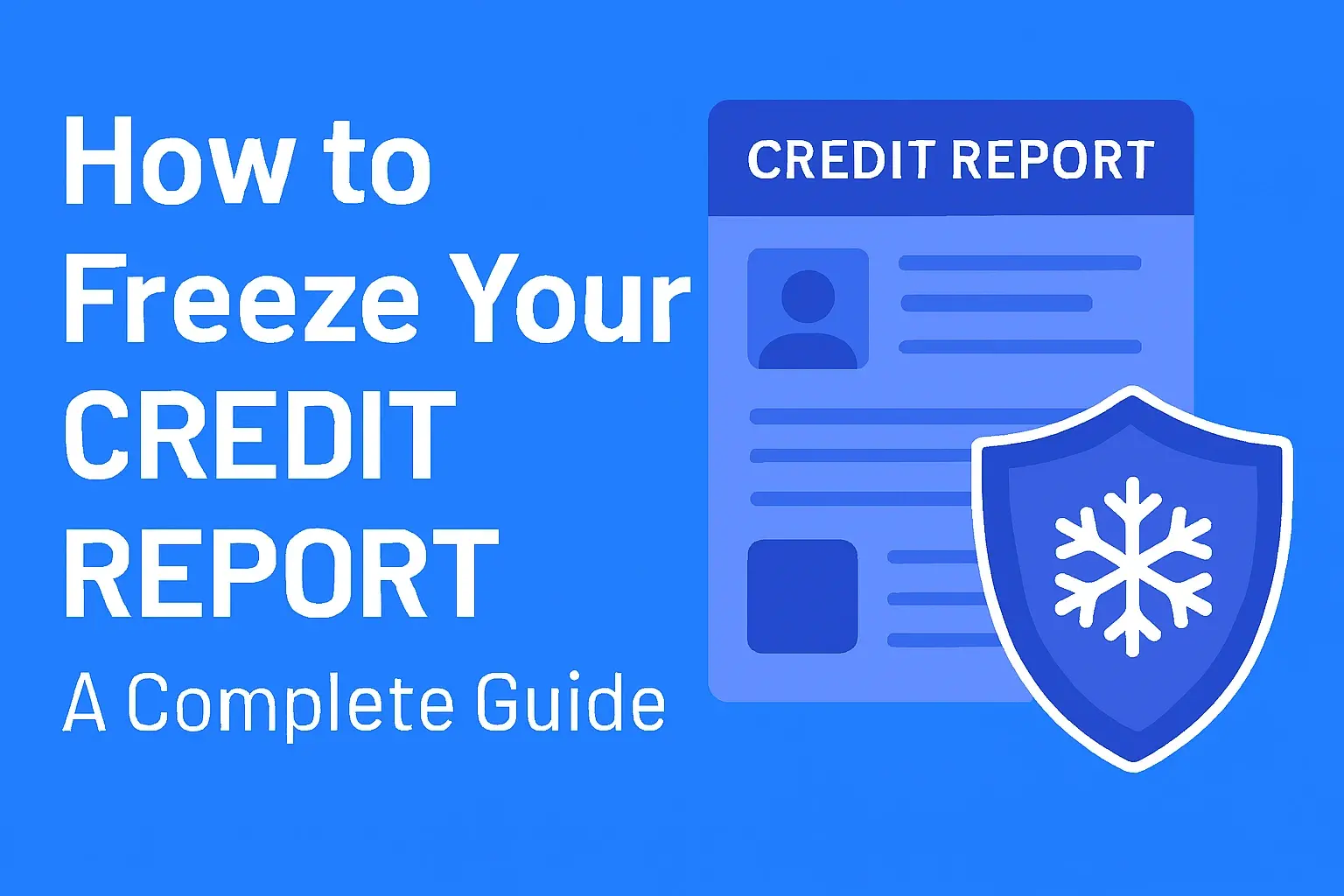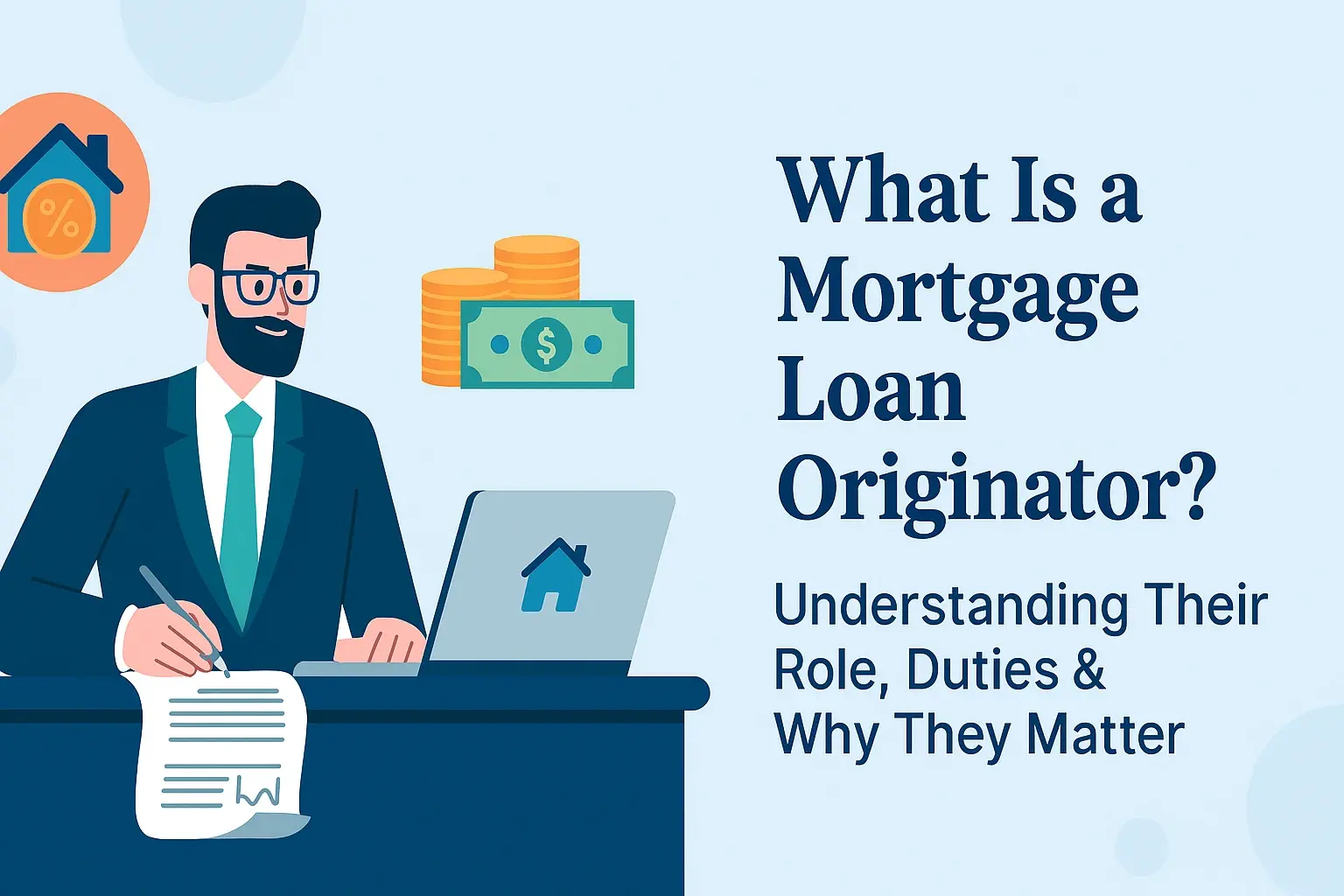-
Posted on: 30 Jul 2024
-
Buying a home is a significant milestone, but it can also be overwhelming, especially when navigating affordability on a specific salary. If you're earning $35,000 a year, you might be wondering if homeownership is even within reach. This comprehensive guide will break down the factors that determine your home-buying power and provide actionable insights to help you make informed decisions.
Understanding the Affordability Equation
Determining how much house you can afford isn't as simple as plugging your salary into a mortgage calculator. Several key factors influence your borrowing capacity and overall affordability. Let's explore these in detail:
1. The 28/36 Rule and Debt-to-Income Ratio (DTI)
Lenders often use the 28/36 rule as a guideline. This rule suggests that:
- 28% Rule: Your monthly housing costs (including mortgage principal, interest, property taxes, and homeowners insurance – often abbreviated as PITI) should not exceed 28% of your gross monthly income.
- 36% Rule: Your total monthly debt payments (including housing costs, student loans, car loans, credit card debt, etc.) should not exceed 36% of your gross monthly income.
Calculating Your Maximum Housing Payment:
First, calculate your gross monthly income: $35,000 / 12 = $2,916.67
Based on the 28% rule: $2,916.67 x 0.28 = $816.67
This means your maximum monthly housing payment should ideally be around $816.67.
Calculating Your Maximum Total Debt:
Based on the 36% rule: $2,916.67 x 0.36 = $1050
This means all your debt payments (including the $816.67 housing payment) should not exceed $1050. Therefore, you only have $233.33 ($1050 - $816.67) available for other debts.
Important Note: These are just guidelines. Lenders will assess your individual circumstances, including your credit score and overall financial health, to determine your DTI and ultimately approve or deny your loan application. A lower DTI is generally viewed more favorably.
2. The Impact of Your Down Payment
The size of your down payment significantly affects your loan amount and, consequently, your monthly mortgage payments. A larger down payment means you need to borrow less money, resulting in lower interest payments over the life of the loan.
Consider the following:
- Conventional Loans: Typically require a down payment of at least 5%, but can go as high as 20% or more. Putting down 20% often allows you to avoid paying Private Mortgage Insurance (PMI).
- FHA Loans: The Federal Housing Administration (FHA) offers loans with down payments as low as 3.5%. This can be a more accessible option for first-time homebuyers with limited savings. However, FHA loans require mortgage insurance, which is an added monthly expense.
- USDA Loans: The U.S. Department of Agriculture (USDA) offers loans with 0% down payment to eligible rural and suburban homebuyers. This option has income limits and geographic restrictions.
- VA Loans: The Department of Veterans Affairs (VA) offers loans with 0% down payment to eligible veterans, active-duty service members, and surviving spouses.
Saving for a Down Payment:
Saving for a down payment can seem daunting, but it's achievable with careful planning and budgeting. Consider these strategies:
- Create a Budget: Track your income and expenses to identify areas where you can cut back.
- Set Savings Goals: Determine how much you need to save each month to reach your down payment goal within a reasonable timeframe.
- Automate Savings: Set up automatic transfers from your checking account to a savings account dedicated to your down payment.
- Explore Down Payment Assistance Programs: Many states and local communities offer programs that provide grants or low-interest loans to help first-time homebuyers with their down payments. Research programs in your area to see if you qualify.
3. Understanding Interest Rates
Interest rates play a crucial role in determining your monthly mortgage payments and the total amount you'll pay for your home over time. Even a small change in the interest rate can have a significant impact on your affordability. Factors influencing interest rates include:
- The Federal Reserve: The Fed's monetary policy decisions impact interest rates.
- The Economy: Economic growth and inflation influence interest rate trends.
- Your Credit Score: A higher credit score typically qualifies you for lower interest rates.
- The Loan Type: Different loan types (e.g., fixed-rate, adjustable-rate) have varying interest rate structures.
Comparing Interest Rates:
It's essential to shop around and compare interest rates from multiple lenders before making a decision. Don't just focus on the interest rate; also consider the loan terms and fees.
4. Property Taxes and Homeowners Insurance
Remember that your monthly mortgage payment isn't the only housing expense you'll need to budget for. Property taxes and homeowners insurance are significant ongoing costs. These amounts are typically included in your monthly mortgage payment (PITI).
- Property Taxes: Vary depending on your location and the assessed value of your property.
- Homeowners Insurance: Protects your home against damage from fire, wind, theft, and other covered perils.
Obtain estimates for property taxes and homeowners insurance in the areas you're considering before making an offer on a home. This will help you accurately assess your overall housing costs.
5. Closing Costs
Closing costs are fees associated with the purchase of a home. They typically range from 2% to 5% of the loan amount. Closing costs can include:
- Appraisal Fees: To determine the market value of the property.
- Loan Origination Fees: Charged by the lender for processing the loan.
- Title Insurance: Protects against defects in the property's title.
- Recording Fees: For recording the deed and mortgage with the local government.
Factor closing costs into your overall budget. You may be able to negotiate with the seller to have them cover some of the closing costs.
6. Hidden Costs of Homeownership
Beyond the obvious expenses, there are hidden costs associated with homeownership that you need to be prepared for. These can include:
- Maintenance and Repairs: Homes require ongoing maintenance and repairs. Set aside a portion of your budget each month to cover these expenses.
- Utilities: Electricity, gas, water, and sewer bills can add up quickly.
- HOA Fees: If you purchase a home in a homeowners association, you'll need to pay monthly or annual fees.
- Landscaping: Lawn care, gardening, and other landscaping expenses can be significant.
Creating a realistic budget that includes these hidden costs will help you avoid financial surprises down the road.
Calculating an Estimated Affordable Home Price
Based on the $816.67 monthly housing payment derived from the 28% rule (and assuming you have minimal other debt), we can estimate a maximum affordable home price. This requires assumptions about interest rates, property taxes, and homeowners insurance.
Assumptions:
- Interest Rate: 7% (This is a hypothetical rate; actual rates will vary)
- Property Taxes: $200 per month
- Homeowners Insurance: $100 per month
Subtracting property taxes and insurance from the maximum housing payment: $816.67 - $200 - $100 = $516.67 (This is the amount available for principal and interest)
Using a mortgage calculator (available online), we can estimate the loan amount that would result in a $516.67 monthly principal and interest payment at a 7% interest rate over 30 years. This would be approximately $80,000 - $85,000.
Important Disclaimer: This is a highly simplified estimate. Actual affordability will vary depending on your specific circumstances, credit score, down payment, and other debts. Consult with a mortgage lender for a personalized pre-approval.
Strategies for Increasing Your Home Buying Power
If the estimated affordable home price based on your current salary doesn't meet your needs, there are several strategies you can employ to increase your home buying power:
- Improve Your Credit Score: A higher credit score can qualify you for lower interest rates, making homeownership more affordable. Pay your bills on time, keep your credit card balances low, and avoid opening new credit accounts unnecessarily.
- Reduce Your Debt: Pay down existing debt to lower your DTI. Prioritize high-interest debt, such as credit card balances.
- Increase Your Income: Explore opportunities to increase your income through a raise, promotion, side hustle, or new job.
- Save More for a Down Payment: A larger down payment reduces the amount you need to borrow and lowers your monthly mortgage payments.
- Consider a More Affordable Location: Explore areas with lower housing costs. Consider moving to a smaller town or a less expensive neighborhood.
- Look into First-Time Homebuyer Programs: Many states and local communities offer programs that provide financial assistance to first-time homebuyers.
Alternative Housing Options
If homeownership is not immediately feasible, consider alternative housing options, such as:
- Renting: Renting provides flexibility and can be a more affordable option in some markets.
- Shared Housing: Living with roommates or family members can significantly reduce your housing costs.
- Tiny Homes: Tiny homes offer a more affordable and sustainable housing option.



